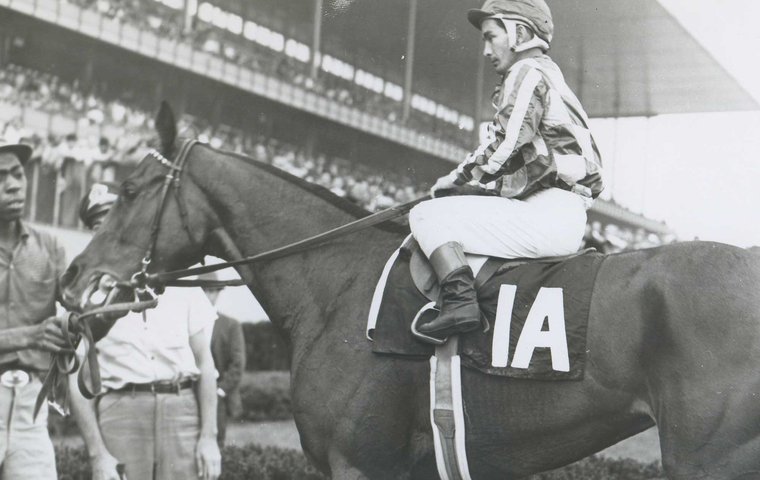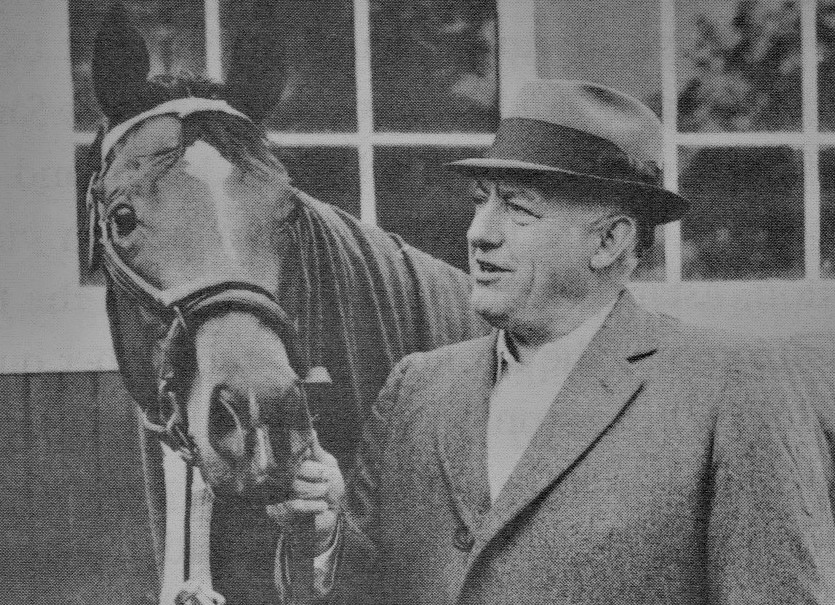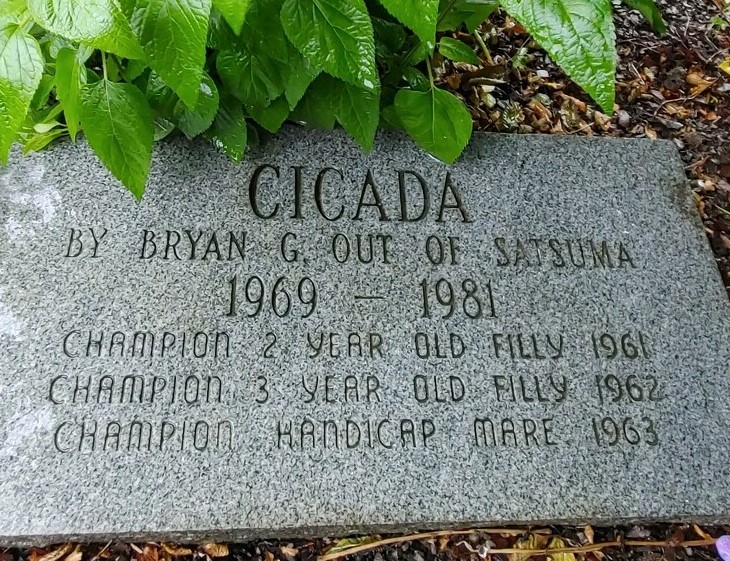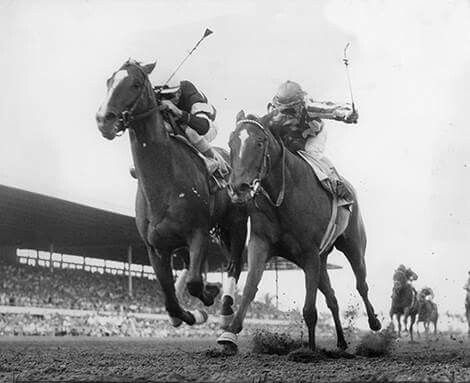
By late May of 1959 they were everywhere, or at least it seemed that way. From western Missouri to the Mid-Atlantic, in a sweeping, inverted arc that overlayed parts of 16 states, the Great Southern Brood XIX of cicadas emerged from its 13-year incubation to bombard the eardrums and festoon the countryside of an America that was lazily working its way to the end of a transitional decade.
“Brood XIX is arguably the largest (by geographic extent) of all periodical cicada broods, with records along the east coast from Maryland to Georgia and in the Midwest from Iowa to Oklahoma,” noted the University of Connecticut’s General Periodical Cicada Information page about the 1959 infestation.
Don’t look now, but they’ve come again this year, those crunchy, two-inch winged bugs with the Halloween eyes, this time with the Brood X label that will number in the billions by summer’s end and primarily target the states of Indiana, Ohio, New Jersey, Pennsylvania, Tennessee, and Maryland.
“The cicadas are so loud I’ve got my thumb in my ear to hear you on the phone,” said Josh Pons, who runs his family’s Country Life Farm, deep in Maryland’s horse country.
Pons held up his cell, and in the background could be heard a sharp, insistent hum, as if someone was running a garbage disposal full of glass.
“They’re all over the fence line, and they jump on your tires at night, so you’ve got hundreds on your car in the morning,” Pons went on. “There was one year in the ‘80s when they came out during the Timonium yearling show, and they were brutal, hitting people in the head. Folks who came for the show couldn’t wait to get out of Maryland.”
The last time Brood X made the scene in its 17-year rotation was in 2004, when Smarty Jones was on the march through his Triple Crown adventures. To mark the convergence of fast horses and the regional insect plague, Wait, Wait … Don’t Tell Me, the current events quiz show broadcast by National Public Radio, invited trainer John Servis to be on the program after Smarty Jones won the Preakness to set up a swing at the Belmont. After a brief exchange with panelists, which included author Roy Blount Jr, winner of the TRA’s Grantland Rice Scholarship in his youth, Servis was asked three questions in a segment called Not My Job. The subject was cicadas.
“I was?” Servis replied when asked if he recalled the radio appearance. “I do not remember that at all. There’s no way I got any of them right.”
In fact, he nailed all three, which earned a prize for a lucky listener.
“We don’t really get them much around here,” said Servis, who trains at Parx Racing in eastern Pennsylvania. “When I was visiting my folks in West Virginia, though, they were everywhere. I’d go for a nice walk in the morning, and they were so loud, and laying all over the road.
A product of Claiborne
“You’re going to think I’m some kind of cicada wacko,” Servis added. “But I’ve been reading a lot about them lately, and apparently there’s a moss with some kind of bacteria that they eat before coming out of the ground, and it makes them sex-crazed. When they come out to breed, they reproduce so hard and so fast that their genitals fall off. I mean, what the hell!”
There were 12,240 registered foals dropped in the North American Thoroughbred crop of 1959, as the record scourge of Brood XIX made its way through the East and Midwest. It stands to reason, given the agricultural nature of the business, that someone somewhere would have named some innocent colt or filly Cicada, just to mark the entomological moment of history into which it had been born. They did, and what a filly she was.
Cicada, foaled on May 7, 1959, at Claiborne Farm in Kentucky, was bred and owned by the Meadow Stud of Christopher Chenery and raised at the Chenery family’s Meadow Farm in Doswell, Virginia. Ten years later, Meadow Stud would produce Riva Ridge, winner of the 1972 Kentucky Derby and Preakness, followed by Secretariat, hero of the 1973 Triple Crown. None of them were flukes.
There have been half a dozen colts in the modern racing era who were champions at ages 2, 3, and 4. One of them was Hill Prince, bred and owned by Meadow Stud, while the others were Spectacular Bid, Affirmed, Seattle Slew, Buckpasser, and Native Dancer. As for fillies, there has been only one – Cicada.
Cicada’s granddam was Hildene, the dam of Hill Prince, while her dam, Satsuma, broke her maiden but nothing more. Then again, as a half-sister to Horse of the Year Hill Prince, as well as major stakes winners First Landing and Third Brother, Satsuma didn’t need much of a racing record. Cicada was the third of her six named foals.
Satsuma was by Bossuet, who famously was the horse in the middle of the triple dead-heat at the end of the 1944 Carter Handicap. Cicada, in turn, was sired by Bryan G, a son of Blenheim who was named for Meadow Stud farm manager Bryan Gentry.
Bryan G came from the same field of yearlings as Hill Prince, and his record was admirable, if not of championship quality. Among Bryan G’s 62 starts were victories in the Pimlico Special, the Westchester Handicap, and two runnings of the Aqueduct Handicap. He also finished second or third in 12 other stakes, including the Vosburgh Handicap, and he would have taken the 1951 San Marcos Handicap at Santa Anita if it hadn’t been for stablemate Hill Prince, who won by two lengths.
The two-legged cast behind Cicada and her Meadow Stud family was impressive, beyond the wealth brought to the table by Chenery, an energy and utilities entrepreneur from Virginia.
James H ‘Casey’ Hayes was a native of North Carolina who came to the attention of Chenery through their shared passion for polo. In 1946, Chenery hired Hayes full time to train his Thoroughbreds, a relationship that lasted until 1969.

The other piece of the Cicada puzzle was her jockey, Bill Shoemaker, who was at the pinnacle of the sport when he rode the filly for the first time in the 1961 Matron Stakes. He had been the national money-winning champ in six of the previous ten years, then added three more with the help of Cicada’s reign over her division. Together, Shoemaker and Cicada won 12 of their 20 collaborations.
There is plenty to chew on while savoring Cicada’s record. In the 29 months between her winning debut on February 23, 1961, and the end of her third straight championship season in late July of 1963, she made 41 starts and won 23 races, 18 of those being stakes events.
In celebrating the 60th anniversary of her 2-year-old season, it should be noted that by June 10, 1961, Cicada already had made seven starts, with four wins, a second and two thirds.
“In midseason, it was theorized she would ‘step on her pedigree’ as a daughter of Bryan G,” wrote Charles Hatton in the American Racing Manual. “But when Cicada won Delaware’s Blue Hen and Belmont’s National Stallion, then swept irresistibly through the Schuylerville, Spinaway, Matron, Astarita, Frizette, and Gardenia, she paled everything else in the sphere of feminine juvenilia into insignificance.”

A couple of those races were close calls – a neck in the Spinaway and a head in the Astarita – but Cicada’s 2-year-old finale in the Gardenia Stakes at Garden State Park was breathtaking. The purse of $161,885 was a record for the division, the track was a sea of slop, and the favorite spotted her rivals several lengths with a flat-footed start. It didn’t matter.
Before half a mile was run, Shoemaker sent Cicada gliding through the field to take the lead, then burst away around the final turn. The final margin was ten lengths, after which her rider suggested she was probably “as good a 2-year-old filly as there ever was”.
She was far from through. After 16 starts in 1961, Cicada’s 1962 season was even more ambitious. Hayes brought her over 17 times at eight different tracks to win the Kentucky Oaks, Acorn and Mother Goose against her peers, and the Beldame up against older opposition.
Although she was not exactly a shrimp, standing about 15.3 hands, Cicada did not carry a lot of extra flesh. If she grew much between 2 and 3, no one really noticed. Her weight came in at less than 800 pounds, prompting turf writers of the time to call her “winsome”, “charming” and “wasp-waisted”.
Despite her slight physique, Cicada was considered nearly the equal to stablemate Sir Gaylord as the 3-year-old season of 1962 began to unfold. In fact, her finest hour that year came in the Florida Derby, in which she was thrown into the deep end as a last-minute substitute for Sir Gaylord against the imposing colts Ridan and Admiral’s Voyage. The race came down to a nose, with Ridan surviving Cicada’s stubborn run along the rail, as well as a ten-minute inquiry by the stewards.
“They cut a rather comical picture, contrasting the bulk of Ridan with the doll proportions of the filly,” wrote Hatton. “Naturally, she got the worst of their exchange. Nevertheless, her blood was up and she finished eyes blazing, reins flying and neck outstretched in a desperate and inspiring performance.”
Ridan, Hatton wrote, “barely lasted,” adding that “it was remarkable the stewards allowed the result to stand”.

With 33 races and two championships at the end of 1962, Cicada already had gone where few great fillies had been before. It was almost unreasonable to ask that she tackle another campaign, but neither Chenery nor Hayes gave it a second thought. With the racing secretaries poised to weight her down, the little filly went back to work in February of 1963 with a victory in the Columbiana Handicap at Hialeah under 125 pounds, the lightest load she would carry all season.
Cicada embellished her legacy with three stakes wins at Aqueduct in the Distaff, the Vagrancy, and the Sheepshead Bay on turf. Once again, however, her best effort may have come in a valiant loss, when she spotted the 73/1 Waltz Song 12 pounds and lost by a half-length in the Delaware Handicap on July 27, 1963, at a mile and a quarter.
“Cicada is described as ‘all heart surrounded by a delicate frame’,” wrote Steve Cady in the New York Times. “And today she showed it.”
An injured stifle sent Cicada to the sidelines and into retirement, but her breeding in early 1964 did not take. Chenery and Hayes put her back into training that summer in the hope her competitive fire could be rekindled. She did make it back to the races in October, with Shoemaker on board, but it was not meant to be. After finishing fourth with little fuss, she was retired for good.
Despite her robust lineage, Cicada’s career as a broodmare was anticlimactic. Between 1966 and 1981 she accounted for just six named foals. The best of them was Cicada’s Pride, a son of Sir Gaylord, who won the 1968 Juvenile Stakes at Belmont Park (a race won in 1958 by Hildene’s son, First Landing). Cicada ended up with a group of other Chenery mares at Jonabell Farm in Lexington, just down the road from Keeneland, where she died in 1981 shortly after giving birth to her last foal, named Greatest Gift. Darley America bought Jonabell in 2001.
“Cicada’s grave marker is at our home now in Versailles, in a butterfly garden, together with the markers of Flawlessly and several others,” said Benny Bell Williams, daughter of Jonabell patriarch John A Bell III. Both Cicada and Flawlessly, a two-time champion turf mare, are in the racing Hall of Fame.
The Brood XIX of cicadas tracing back to 1959 has emerged like clockwork every 13 years, which means its next appearance will be in 2024. In the meantime, the only female racehorse who has come close to Cicada’s three straight championships in the past six decades has been Beholder, who won Eclipse Awards at ages 2, 3, and 5.
Clearly, some creatures are much harder to reproduce than others.


